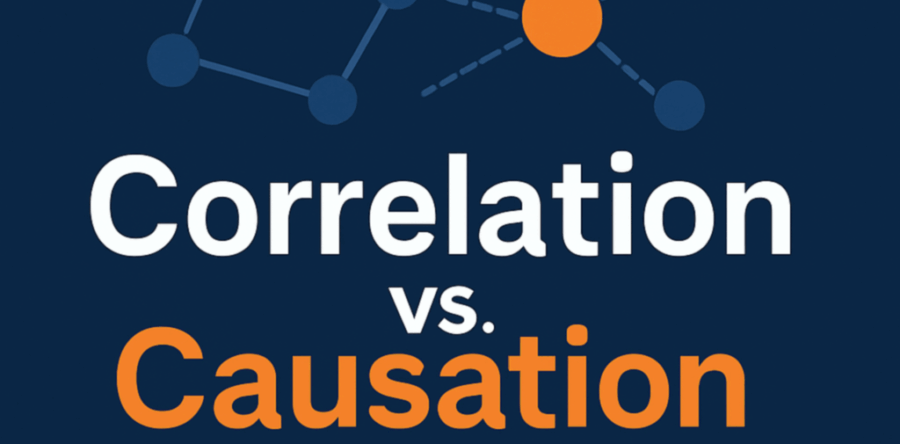Here are a few SEO examples where correlation matters more than causation:
1. Longer blog posts rank higher.
- Correlation: Data shows that pages with more words tend to rank better.
- But causation? It’s not the word count itself causing better rankings — it’s that longer posts often answer more questions, cover topics more thoroughly, and attract more backlinks, which are the real ranking factors.
2. Websites with high Domain Authority rank better.
- Correlation: Sites with a high Domain Authority (DA) usually outrank lower-DA sites.
- But causation? Google doesn’t use "Domain Authority" in its algorithm — it’s a third-party metric. DA correlates with ranking because strong sites tend to have more real links, better content, and stronger technical SEO, not because DA itself is a ranking factor.
3. Sites that update old content rank higher.
- Correlation: Refreshing articles seems to boost rankings.
- But causation? It’s not just updating that helps — often when you update, you also improve the quality, add better answers, update SEO practices, and re-earn user engagement, which are the real reasons rankings improve.
4. Pages with exact-match keywords rank well.
- Correlation: Pages using a keyword exactly (like “best running shoes”) often show up at the top.
- But causation? It's not just dropping the keyword in. It’s that relevance, topical coverage, user satisfaction, and intent matching (which often involve that keyword) matter more than simply using the keyword.

Here are real-world paid ads examples where correlation matters more than causation:
1. Higher ad spend usually leads to more conversions.
- Correlation: Spending more on ads often brings more sales.
- But causation? It’s not just the money — it’s usually because higher budgets let you reach better audiences, test more creatives, or optimize faster. Simply throwing money at a bad ad won't guarantee more conversions.
2. Ads with high click-through rates (CTR) tend to perform better.
- Correlation: High CTR often means a strong ad.
- But causation? A high CTR doesn’t guarantee profitable sales — it might just mean the ad was curious, clickbait, or misleading. True success comes when CTR aligns with qualified traffic that actually converts.
3. Using video ads leads to lower cost per click (CPC).
-
- Correlation: Video ads often have cheaper clicks compared to image ads.
- But causation? It’s not because video is magically cheaper — it’s because platforms like Facebook and Instagram prioritize video content in their algorithms for user engagement, which can incidentally lower your ad costs.
4. Ads that target “lookalike audiences” have better ROI.
- Correlation: Lookalike audiences often outperform cold targeting.
- But causation? It's not just the lookalike setup — it works because the original seed audience was strong and well-chosen. A bad seed list still gives you a bad lookalike audience, even if you follow best practices.
5. Running ads on multiple platforms increases brand lift.
- Correlation: Being seen on Google, Facebook, Instagram, and YouTube at once often improves brand awareness.
- But causation? It’s not simply being everywhere that causes the lift — it’s that consistent messaging across platforms builds trust and familiarity, making conversions more likely later.
Summary:
In paid ads, just because you see a result doesn’t mean one simple thing caused it — it’s usually a web of factors working together. Good ad managers watch for patterns, not just single reasons.

SEO is filled with things that appear to drive ranking, but the real forces behind success are complex, multi-layered, and not always directly visible. Good SEOs recognize correlation patterns and use them wisely, rather than assuming simple cause-and-effect.





